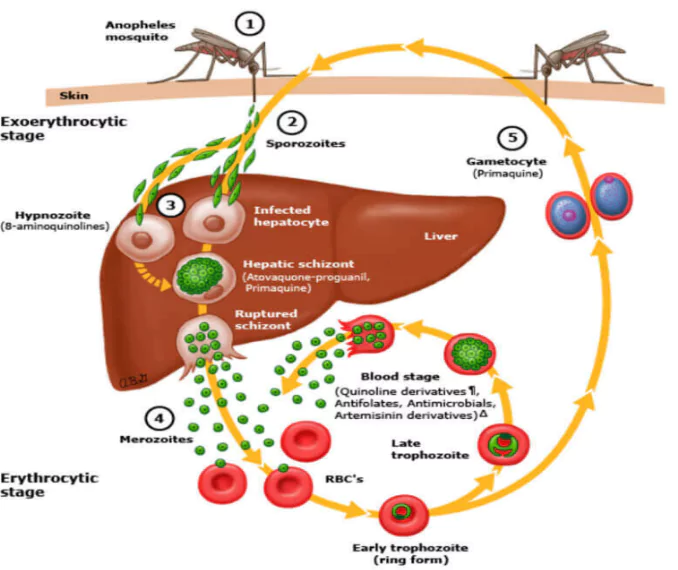![]() 26 Apr 2025
26 Apr 2025

World Malaria Day recognized by WHO on April 25 (previously African Malaria Day) to highlight investment and innovation.

Indian Initiatives to Control MalariaNational Framework for Malaria Elimination (2016-2030)
Global Initiative:
|
|---|
About Yaounde Declaration On Malaria Eradication
|
|---|
<div class="new-fform">
</div>